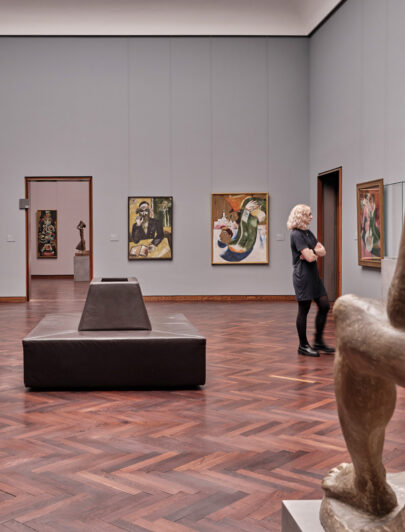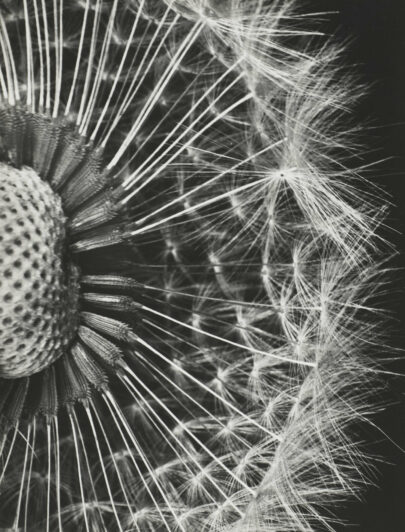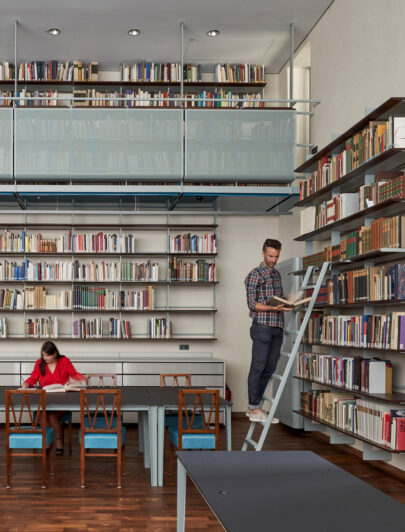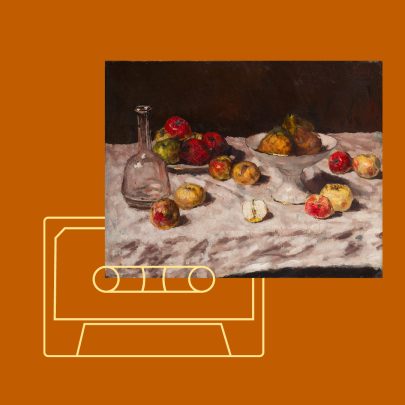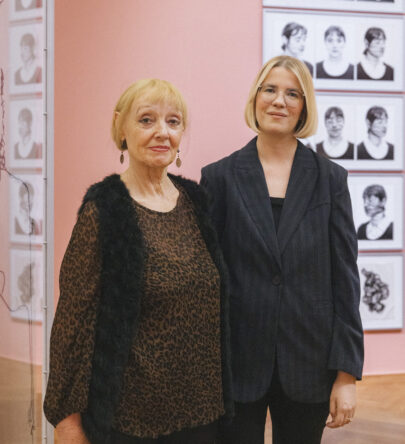“And how nonchalant he looks!”
How a Leiden art student became one of the greatest artists of the 17th century is soon on view at the Städel Museum. The curators, Jochen Sander and Stephanie Dickey, give insights into their concept.
Hier den Artikel auf Deutsch lesen.
Rembrandt never goes out of style. 2019, for example, was an anniversary year with Rembrandt exhibitions all over Europe. What does the Städel Museum hold in store for the public?
Jochen Sander: “Rembrandt in Amsterdam: Creativity and Competition” is the first exhibition to focus on Rembrandt’s career and breath-taking success in Amsterdam—at the time a centre of world trade—in the years from 1630 to 1655. To this end, it not only features outstanding paintings, drawings, and prints by Rembrandt, but also places them in direct visual dialogue with the artistic production of his immediate predecessors on the fiercely contested Amsterdam art market, as well as works by his competitors and his own assistants. This way, we can give the visitors a very direct and vivid impression of the incredible diversity of the superb art on offer in Amsterdam in those days—while also shedding light on why Rembrandt’s was so unique and what made it stand out.

The start of the exhibition installation: Many boxes!
It was in Amsterdam that Rembrandt made his breakthrough. What was Amsterdam like in the years around 1630?
Stephanie Dickey: Amsterdam was the commercial capital of Northern Europe, a hub of global trade with a thriving art market and a lively community of consumers. Rembrandt had to find a way to stand out within a network of highly talented artists. I believe this stimulating environment inspired him to innovate and excel—to become the remarkable artist we know today.
They say competition is good for business. What made Rembrandt different from his fellow artists?
Stephanie Dickey: As both a painter and a printmaker, Rembrandt was exceptionally creative: he was not content to follow convention, and he never stopped trying new things. He was also exceptionally versatile, and he trained dozens of other artists to follow his lead.

For each work, a full-size “dummy” is hung first.
Rembrandt made himself into a brand. How important was that for his success?
Jochen Sander: When Rembrandt moved from his native Leiden to Amsterdam in 1630, he was anything but unknown. Now, however, he had to stand his ground with the public and his potential customers against a greater number of competitors. His strategic use of only his first name Rembrandt (instead of his last name van Rijn) was part of the process of creating a brand—as was the training of numerous pupils in his workshop, whom he encouraged to vary on his works and thus to multiply the number of works appearing under the name of the Rembrandt workshop. He was already extremely successful with this strategy during his lifetime—and to this day his works are among the blue chips on the art market.

Almost finished: Most of the “dummies” have already been exchanged for paintings.
Why was Rembrandt considered a universal artist?
Stephanie Dickey: Many Dutch artists reacted to the competitive art market by specializing—by becoming very good at one subject category. Today we might call it “niche marketing”. Rembrandt's primary interest was in figure painting, but he tried it all, from histories to landscapes—and he excelled in everything he did.
What accounts for the fascination of Rembrandt?
Stephanie Dickey: Rembrandt was a consummate storyteller, and he knew how to reveal the emotional heart of every subject, whether a dramatic biblical narrative or a psychologically intimate portrait. This makes his work as engaging today as it was in his own time.
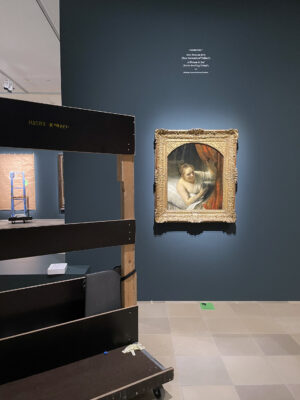
Rembrandt's Sara seems to ask, “Is it starting yet?”
What can young artists learn from the Old Master Rembrandt?
Stephanie Dickey: Never give up, and always have the courage to try new things. Make the art you want to make, not what people expect you to make. Be bold!
What’s your personal ‘Rembrandt moment’ in the exhibition?
Stephanie Dickey: I am excited to see Rembrandt's Blinding of Samson beside Van Dyck's Samson and Delilah from the Dulwich Picture Gallery—a combination presented here for the first time. It has only recently been recognized that Rembrandt probably saw Van Dyck's monumental painting in an Amsterdam collection. He responded by creating something that was equally grand but dramatically different: more violent and lifelike. He really wanted to set himself apart.

Curators Stephanie Dickey and Jochen Sander in front of the portrait of Andries de Graeff
Jochen Sander: Two splendid portrait paintings side by side—one a masterwork by Nicolaes Eliasz. Pickenoy, a painter hardly known today, the other one of Rembrandt’s main works. Both depict a member of Amsterdam’s upper class as a full, life-size figure. Pickenoy’s painting, today in Karlsruhe, dates from 1628 and shows its opulently dressed subject of unknown identity in an interior, standing at a table covered with a precious carpet. That’s how convincing and magnificent Amsterdam painting could be shortly before Rembrandt moved to the commercial capital! And yet just a few years later, he painted his own version of a prestigious portrait of this kind—the likeness of Andries de Graeff, today at home in Kassel. And how nonchalant he looks! Standing as if by chance in front of the open door of his house, dramatically lit, bristling with self-confidence. In our show, juxtapositions of this kind not only vividly convey how superb and versatile the artistic work of seventeenth-century Amsterdam was, but also Rembrandt’s fantastic sense of how to lend his depictions unmistakable immediacy and vibrancy.

Rembrandt, Portrait of a Standing Man (Andries de Graeff), 1639, Museumslandschaft Hessen Kassel, Gemäldegalerie Alte Meister, Photo: Ute Brunzel
Newsletter
Wer ihn hat,
hat mehr vom Städel.
Aktuelle Ausstellungen, digitale Angebote und Veranstaltungen kompakt. Mit dem Städel E-Mail-Newsletter kommen die neuesten Informationen regelmäßig direkt zu Ihnen.




